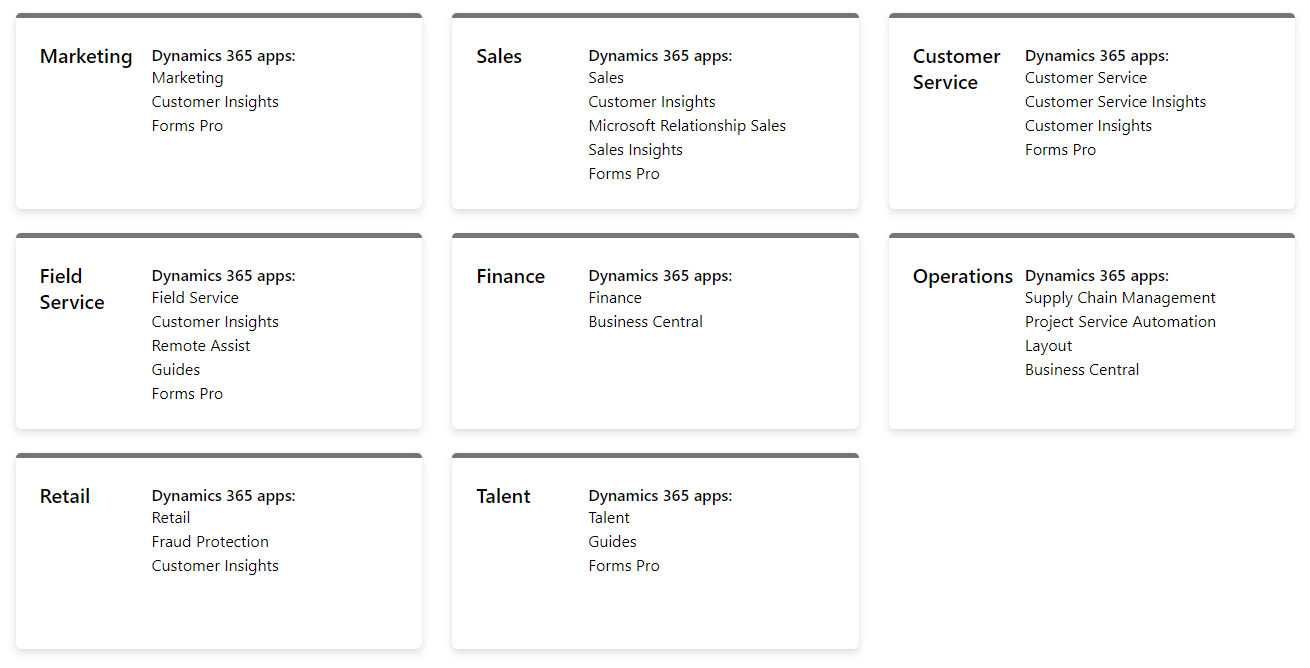With Customer Engagement relegated to on-prem, partners will bear the Dynamics 365 branding burden
 In branding terms, Microsoft is now at least two generations away from the use of the term CRM. Customers still use Dynamics applications to carry out CRM-centric activities and processes, but today they license Dynamics 365 pre-built applications with names that explain their specific purposes: Sales, Marketing, Customer Service, and so on.
In branding terms, Microsoft is now at least two generations away from the use of the term CRM. Customers still use Dynamics applications to carry out CRM-centric activities and processes, but today they license Dynamics 365 pre-built applications with names that explain their specific purposes: Sales, Marketing, Customer Service, and so on.
CRM as a competency never vanished, either from the Microsoft's business applications lineup or from the partner channel. The related apps have been grouped under the "Customer Engagement" umbrella since Microsoft made the brand transition to Dynamics 365, and ISVs have happily sold against those apps for a decade or more.
But now that grouping appears ready to fall away, creating a flatter Dynamics 365 application lineup. Alert Microsoft MVP Jukka Niiranen noticed that Microsoft has quietly announced plans to leave the Customer Engagement name behind in its cloud product marketing, relegating the name to the on-premise product only. Niiranen makes the good point that Microsoft probably would have been better served leaving the on-prem product's name as Dynamics CRM years ago and letting "365" serve as the signifier for Microsoft cloud services.
Here's the critical wording in Microsoft's Dynamics 365 Customer Engagement on-premises documentation:
Effective October 2019, the Dynamics 365 for Customer Engagement SKU/license plan is no longer available for “online” customers. More information: Dynamics 365 Licensing Update
With this change for online customers, we are no longer using the term “Dynamics 365 for Customer Engagement apps” to refer to the collection of following apps and its related services:
* Dynamics 365 Sales
* Dynamics 365 Customer Service
* Dynamics 365 Marketing
* Dynamics 365 Field Service
* Dynamics 365 Project Service AutomationFor online customers, these apps are model-driven apps running on Common Data Service. You can build model-driven apps using PowerApps. More information: What are model-driven apps?
This decision tracks with what key Dynamics 365 brand managers have said recently.
FREE Membership Required to View Full Content:
Joining MSDynamicsWorld.com gives you free, unlimited access to news, analysis, white papers, case studies, product brochures, and more. You can also receive periodic email newsletters with the latest relevant articles and content updates.
Learn more about us here